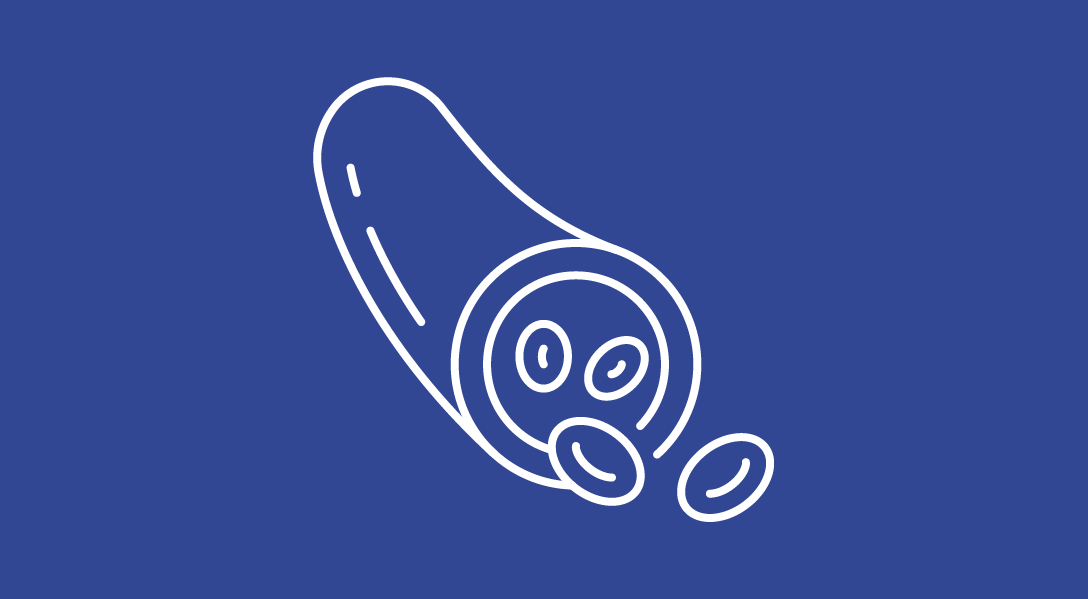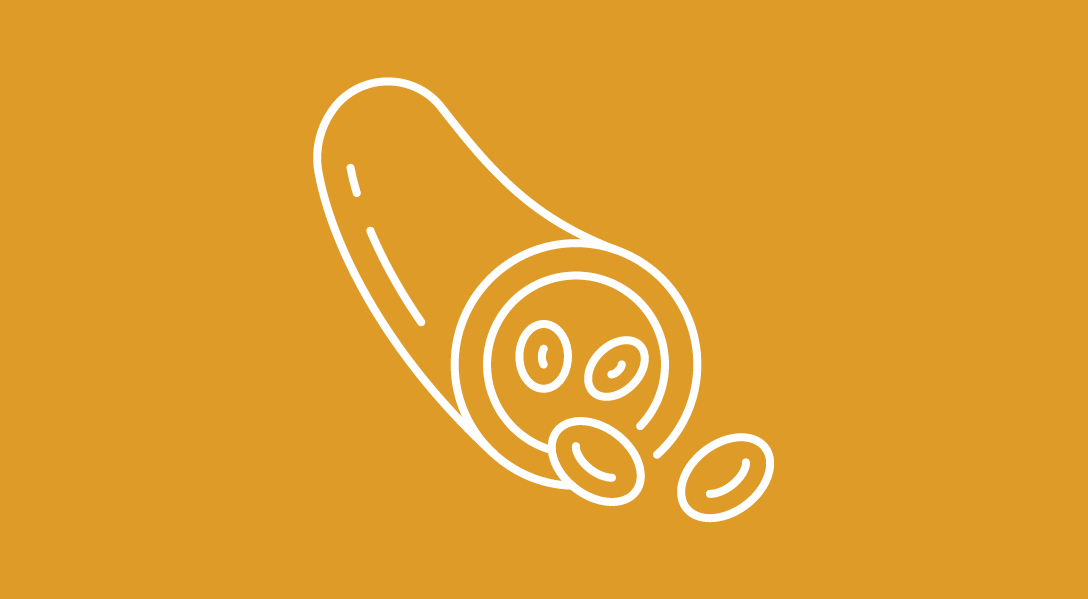TIL Therapy for Advanced Melanoma Requires Nursing, Pharmacy Collaboration
An oncology nurse and pharmacist discuss the multidisciplinary approach to administering TIL therapy in patients with advanced melanoma.
Doctor and nurse in medical meeting discussing strategic medical treatment plan together with report and laptop. Medical school workshop training concept in panoramic banner. Neoteric: © Summit Art Creations - stock.adobe.com

The administration of lifileucel (Amtagvi) for the treatment of patients with unresectable or metastatic melanoma requires close collaboration between oncology nurses and pharmacists to address patient questions and manage potential side effects.
In February 2024, the first individualized T-cell therapy for a solid tumor—lifileucel—was approved by the FDA for the treatment of adult patients with unresectable or metastatic melanoma. As oncology nurses and other members of the care team learn more about the administration of this therapy, a multidisciplinary approach to treatment becomes critical.
Oncology Nursing News spoke with Pat Chambers, B.S.N., RN, a cellular immunotherapy nurse, and Jennifer Swank, PharmD, clinical pharmacy specialist in medical oncology/internal medicine, both from Moffitt Cancer Center in Tampa, Florida, on how nurses and pharmacists can collaborate in treating patients with unresectable or metastatic melanoma.
Can you go into more detail about the collaboration between oncology nurses and the pharmacist?
Chambers: The pharmacist first educates the patients on TIL therapy prior to the start of treatment.By the time I see them for the first time in [the] outpatient [setting], the patient already understands TIL therapy and the various side effects of the treatment. They may have some different questions on what to expect for the day, and we help educate them on that prior to starting their chemotherapy.
Once they're admitted, that's really where the interdisciplinary team comes together. We have our daily team that's rounding and have direct contact with the pharmacists when questions arise or when changes occur in the patient’s condition.
Swank: TIL therapy, just like CAR T-cell therapy, is a multi-step process. So there are various educational pieces for the patient that come into play with each step of the treatment.
The first step is tumor harvesting, and then the product is sent off. The patient usually has a clearance visit before they start the trial or start lifileucel. In that clearance meeting, you start the initial education of all the steps with the patient.
Then the next step is going to be the patient's cytoreductive chemotherapy or their preoperative chemotherapy. They usually have nursing and pharmacists educate them on the Cytoxan (cyclophosphamide) and fludarabine chemotherapy and those side effects in itself. Then on day -1, they usually get admitted to the hospital, and the nurse provides education on what the TIL infusion will look like on day 0 and the infusion reactions that can happen there. On day +1 is really where the pharmacists get involved again, because they start high-dose IL-2 on day +1. That therapy is very intensive therapy for the next couple of days for the patient. So they can have a lot of side effects from the therapy. They can have hypotension, decreased renal perfusion.
We actually have nursing-based protocols for the management of a lot of these side effects. If a patient has a blood pressure below their target, the nurses can give a first 500 cc normal saline bolus before the provider has to be contacted. The nurses actually do some of the initial assessment between every 8-hour dosing and have their own interventions that they can perform before even a provider needs to be contacted. As a specialist in IL-2 therapy, we have helped create these order sets and these protocols over the years and work very closely with the nurses to manage these teams.
What is the biggest challenge oncology nurses face during TIL therapy’s administration?
Chambers: Oncology nurses are trained on the most common adverse events associated with TIL therapy. The biggest challenge is the timely management of these adverse events. When I first came on board, I called Jenn nonstop. It was really great to know that I had somebody to lean on because each patient is different. There are specific protocols in place to manage expected/unexpected adverse events and when to notify nurse practitioner, doctor and/or pharmacist. Despite educating the patient and caregiver on treatment side effects, it can still be a frightening experience for them. From a nursing standpoint, this is also important to know.
Swank: A nurse’s job is so incredibly challenging, not just with the TIL patients, but in general, with all the new cells. We administer these medications on our cellular therapy unit. That unit has a lot of different trials ongoing, they have CAR T-cell products, BiTE therapies. These nurses don't just need to know 1, 2, or 3 therapies; they need to be really abreast in all the toxicities of a multitude of different therapies, and a lot of them are experimental in nature. Sometimes you don't know exactly what you're going to see if you're treating the first patient on that trial. These nurses are some of the best nurses there are because they truly are educating themselves on a daily basis because they're never seeing the same thing twice.
This transcript has been edited for clarity and conciseness.



